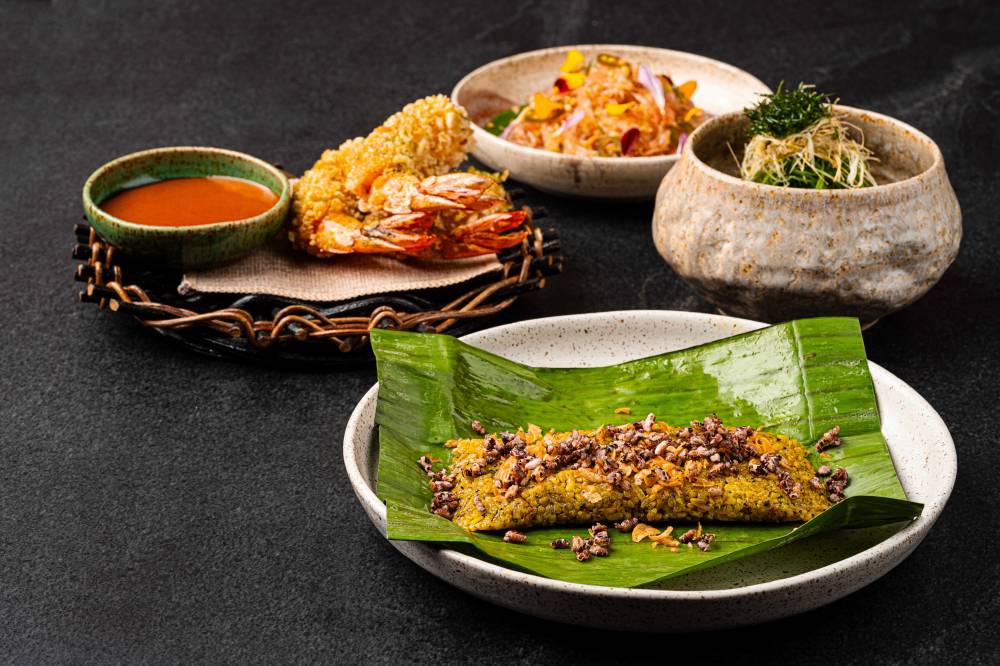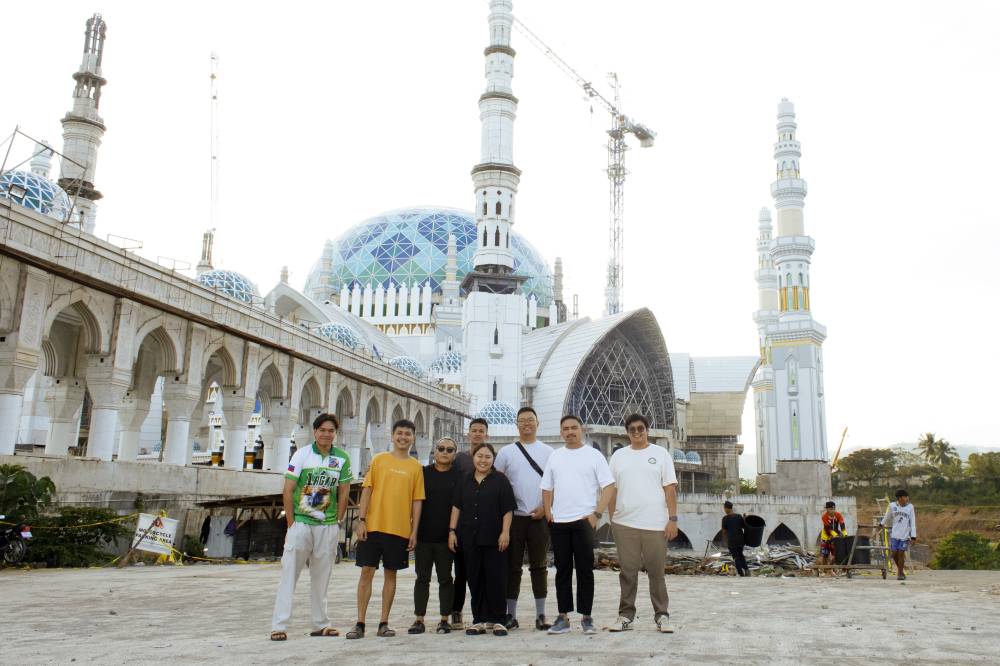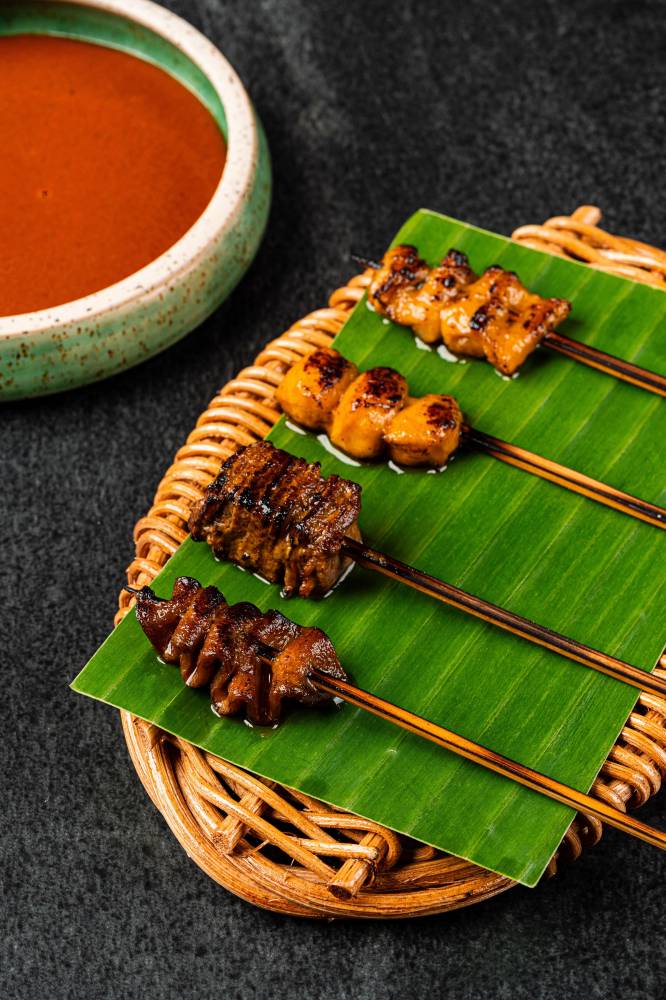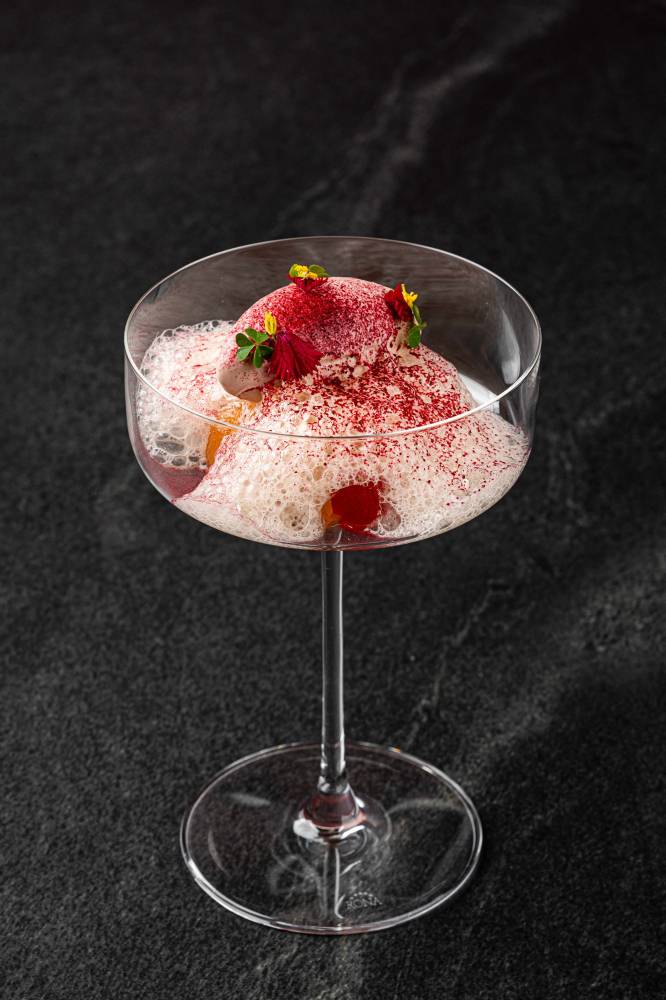Mindanao food as tasted through the palates of Hapag

“Mindanao has always been a destination Thirdy and I have wanted to visit because of its unique cultural and culinary offerings,” says chef and co-owner Kevin “Nav” Navoa. “The negative perception associated with visiting Mindanao has affected the exploration of its diverse regions. While there are undoubtedly some people who have visited the island, the lack of awareness has prevented us from fully appreciating the contributions of our Muslim brothers and sisters. Our curiosity is one of the main reasons that led us to Mindanao for this culinary adventure.”
And so they did their homework and, for a week last March, traveled through Zamboanga City, Isabela, Lamitan in Basilan, and Bongao in Tawi-Tawi, soaking up as much knowledge and banking on as much taste memory as they could to be able to give justice to what they are currently presenting in their restaurant.
Chef and co-owner Thirdy Dolatre reminisces, “What moved me most was the warmth and generosity we encountered. Mayra Abbas and the women of the Marang Marang floating cottages welcomed us like family, proudly laying out beautiful local delicacies like putli mandi, oko-oko, and kahawa sug.” They also witnessed a Tausug chef prepare tiyula itum by the shore, and in Lamitan, how Yakan delicacies like jaa and panyam were lovingly made in the public market.

“While undeniably Filipino, these dishes felt like hidden treasures deeply rooted in who we are yet rarely seen outside these regions. That whole experience reminded me of how much beauty, history, and heart exist in places that are too often overlooked. It was humbling and made me fall even more in love with our food and people.”
Nav, on the other hand, fondly remembers their Muslim guide, who, at the time of their trip, was fasting yet still chose to show them around. “While I understand the significance of Ramadan and how challenging fasting can be, I was moved by his decision to persevere and support his community. He went out of his way to share his culture and cuisine in Tawi-Tawi, creating connections and exchanging stories with us. This act of openness and willingness to showcase their culture was heartwarming. It reflects a genuine desire to connect with others and share their heritage.”
They were moved, to say the least, and that’s why they want to give back the same warmth and friendliness they got from the people by extending the respect, care, and thought via their tasting menu. This is their chance to acknowledge and appreciate Mindanao cuisine and they want to make it right. They undoubtedly did so by becoming the best storytellers I’ve ever seen them be. They didn’t just “represent” through plates that best represented the cuisine of the region but also through pictures that gave us a glimpse of their culture and provided us a transportative lens of their immersive journey.
They kicked things off with a mug of warm soup typically served by the Tausug on special celebrations. The tiyula itum came tinted in black due to the charred coconut and was then infused with ginger, lemongrass, and local citrus leaves. Succeeding it were four barbecue skewers—beef rump, beef tongue, chicken skin, and chicken isol—to be dunked in thick satti sauce; a refreshing salad composed of raw yellowfin tuna slices and agal-agal seaweed dressed in a shoyu-based dressing; a mee goreng made with homemade noodles, wok-fried mushrooms, oyster sauce made in-house, sambal, and a quail egg yolk; and swordfish in a coconut-turmeric mornay sauce on savory martabak flatbread spread with herb pesto.


“Western Mindanao’s cuisine is rich and diverse, so we focused on dishes with strong cultural significance,” says Dolatre. “We also made sure these dishes could be translated well into our kitchen without losing their essence. It was a balance of authenticity, adaptation, and a progressive touch.”
That was certainly reflected in their salu-salo course, something Hapag has become quite known for as serving for-sharing plates in the middle of a tasting menu is a signature move solely theirs. For this menu, they accompanied junay, a Basilan rice cake cooked in burnt coconut and topped with fried shrimp (kalkag) and shallots, with a pomelo-pako salad to cut through the richness of the dishes; riyandang, a Maranao-style beef short rib stew slow-cooked in coconut and toasted spices; and camaron Alavar, prawn curry-style sauce inspired by a popular Zamboanga restaurant.
They capped the meal with their take on the knickerbocker from Hacienda de Palmeras in Zamboanga, which has a medley of compressed tropical fruits, pineapple jelly, langka jam, and a lightly sweet amazake-pili nut foam, finished with strawberry ice cream and edible flowers as well as petit fours like biyaki or corn mousse in white chocolate and palikambing, smoked banana with caramel and cinnamon in milk chocolate.
Hapag could have easily taken the easy route of browsing through cookbooks and asking people living in Mindanao about their cuisine. But they’re simply not those kinds of chefs. They want to represent with respect. And they certainly did so and more by taking us there with them, not only through food but also the whole dining experience, consequently making them what any great chef wants to be—good storytellers.
Hapag is located at 7th Floor, The Balmori Suites, Hidalgo Dr, Rockwell Center, Makati. 0917 888 5757.
Angelo Comsti writes the Inquirer Lifestyle column Tall Order. He was editor of F&B Report magazine.

















